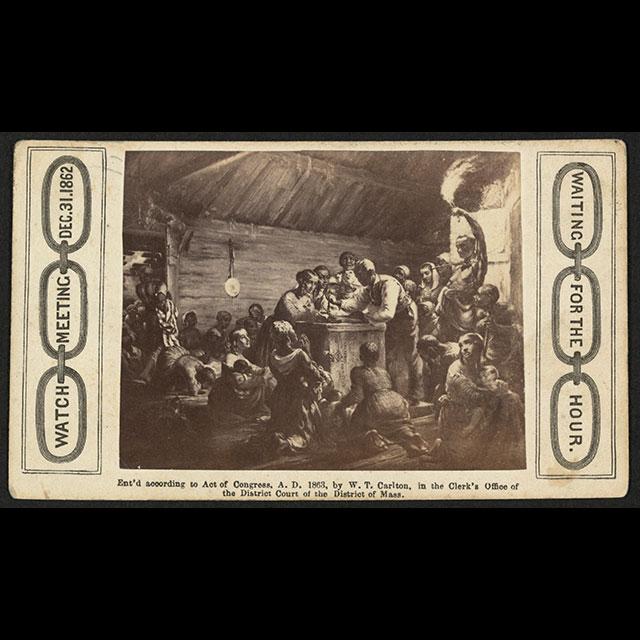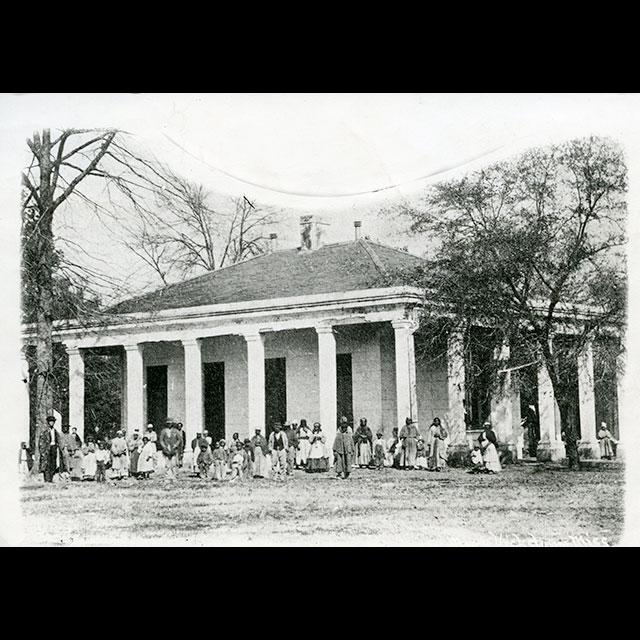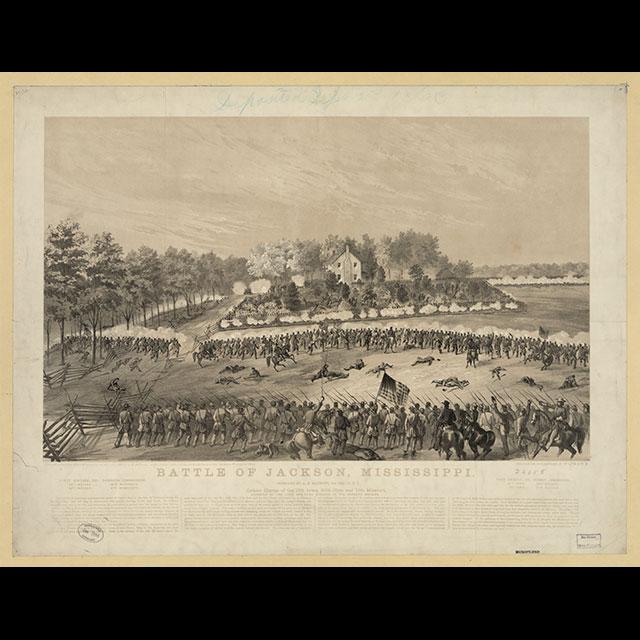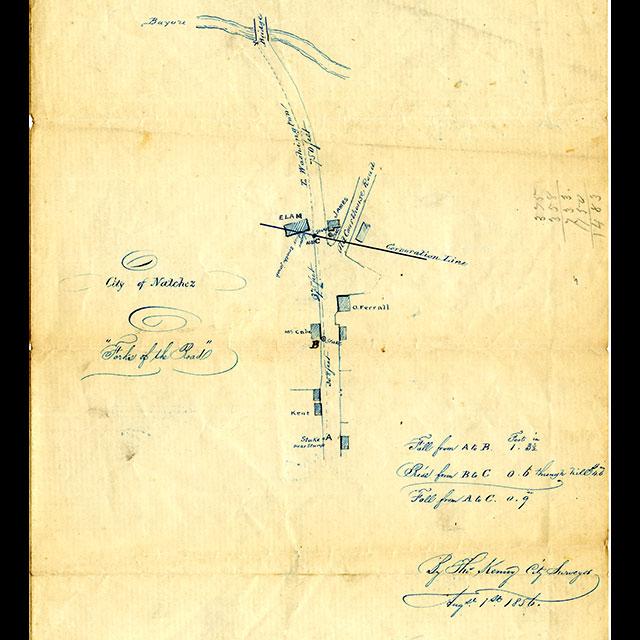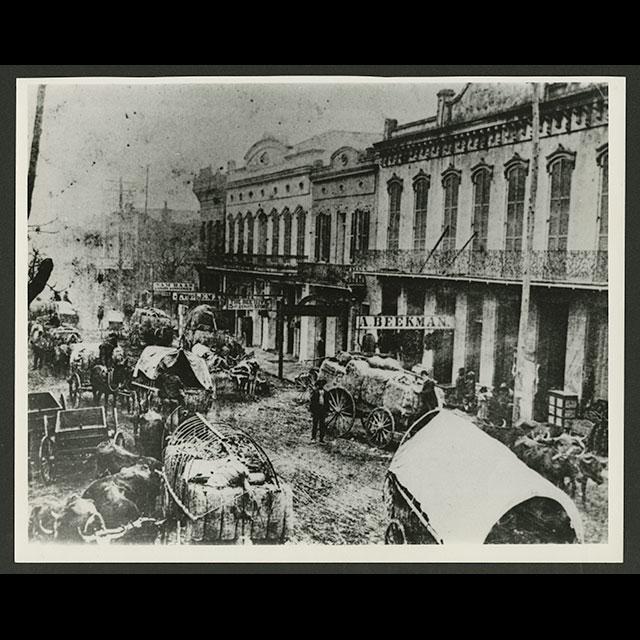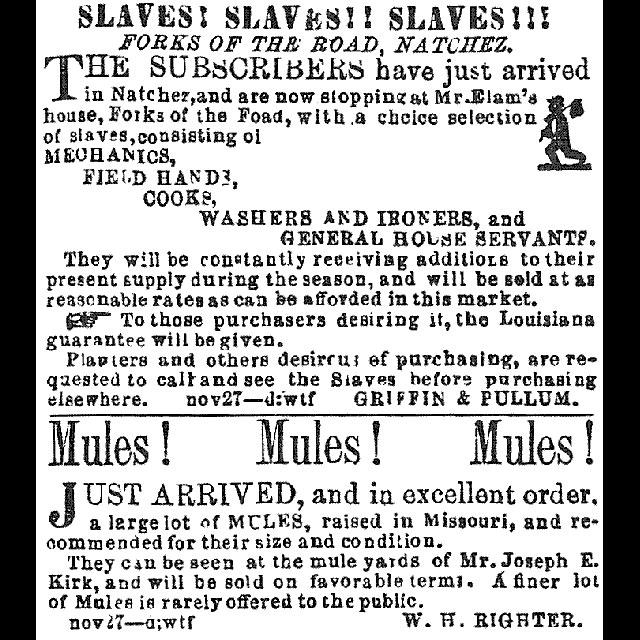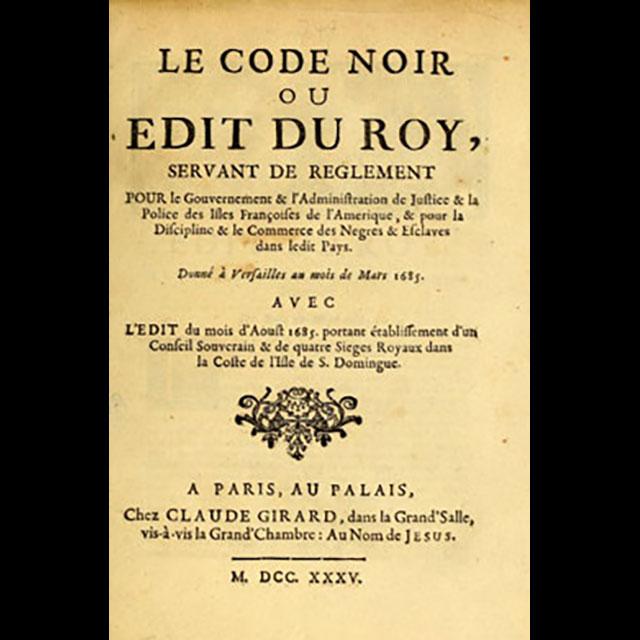Mississippi's Freedom Struggle: 1865–1910
The Mississippi Civil Rights Movement represents a heroic chapter in the centuries-long African American freedom struggle. Local people mounted a courageous campaign to win their civil rights. Mississippians have fought for their rights for generations—each one struggling to form “a more perfect union.”
From the Gallery
Explore artifacts, photos, and documents featured in the Mississippi Freedom Struggle gallery.
TIMELINE: 1619-1865
In 1619, the first enslaved Africans arrived in Virginia. Colonists grew wealthy using slave labor to harvest timber, work mines, and grow tobacco, sugarcane, cotton, and other crops. By the start of the Civil War, the US had 4 million enslaved people concentrated in the South, including more than half of Mississippi’s population. The Thirteenth Amendment abolished slavery in 1865 but did not end oppression.
In Their Own Words
“I was seventeen years old when I was first sold. They put me and my brother up on the auction block at the same time. He brought $1,400 but I don’t remember exactly what they paid for me. Wasn’t that much. . . big strong mens brought more.”
Clara G. Young, Monroe County, WPA Slave Narratives, oral history transcription
“And ain’t I a woman? Look at me! Look at my arm! I have ploughed and planted, and gathered into barns, and no man could head me! And ain’t I a woman? I could work as much and eat as much as a man—when I could get it—and bear the lash as well! And ain’t I a woman? I have borne thirteen children, and seen most all sold off to slavery, and when I cried out with my mother’s grief, none but Jesus heard me! And ain’t I a woman?”
Sojourner Truth
Video Tour
Explore Mississippi
Many of the homes, colleges, and historic sites discussed in this gallery still exist today. Journey beyond the museum walls and explore the places where history happened.
Forks of the Road Slave Market
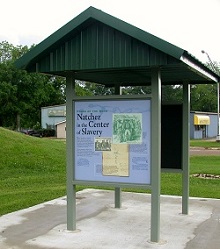 Location of the second-largest slave market in the Deep South
Location of the second-largest slave market in the Deep South
232 St. Catherine Street
Natchez, Mississippi
Natchez Museum of African-American History and Culture
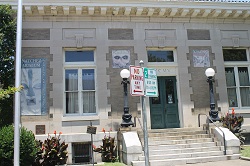 Artwork, literature, and artifacts relating to the lives of African Americans in Natchez
Artwork, literature, and artifacts relating to the lives of African Americans in Natchez
301 Main Street
Natchez, Mississippi
VISIT THE MUSEUM OF MISSISSIPPI HISTORY
One Mississippi, Many Stories. Explore 15,000 years of history and learn how our shared past influences our future together.

